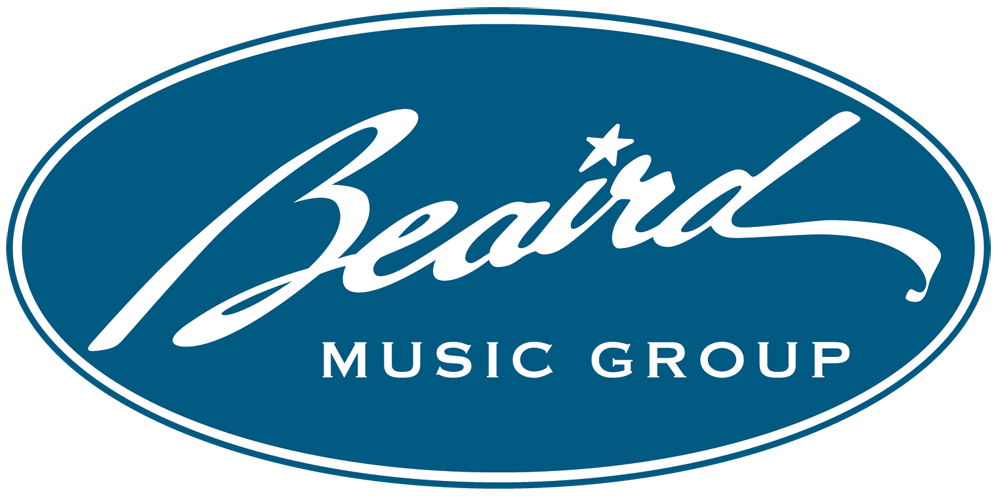Times change and so does music. So to stay commercially viable in today’s music market, it’s good for songwriters to adapt. This means that song demos that were recorded 10 or more years ago may need to be re-recorded to be pitched to today’s artists. It doesn’t mean those earlier recordings aren’t still great, but … times change and so does music.
Here at Beaird Music Group, a publisher recently asked us to re-record a pop/rock song titled Easy to Tame that was originally recordedback in the 1986. Here are some of the steps we took to create a new recording that could be pitched today in Nashville.
Click the link below to hear the before and after transformation - the ‘after’ portion starts at 1:24.
1. Change the groove
The original recording had a full-time feel where the back beat falls on beats 2 and 4 of each measure. We changed it to a half-time feel where the back beat falls on beat 3 of each measure. Eight of the Top 10 songs on the current Billboard Hot Country Songs chart have a half-time feel.
2. Add an electronic drum loop.
Not all songs require a drum loop, but many hits these days use loops and programmed drums. We added a percussive loop to Easy to Tame and it added a lot to the overall feel. My friend and renowned guitarist, Kenny Greenberg is a producer of Josh Turner’s recent #1 album, “Deep South”. Kenny says that a drum loop was used in about 10-20% of the music on that album. Some producers utilize programming much more. It’s all about what each individual song needs.
3. Take out all unnecessary musical interludes.
The original recording of Easy to Tame had a 4-bar musical interlude in between each Verse and Chorus. It’s important today to get right to the Chorus, so we took those 4 bars out. We also shortened the instrumental section form 18 bars to 8.
4. Simplify.
In the original recording, there were some cool chords like 5 over 4 chords and 1 over 5 chords. If you don’t understand that last statement, that’s okay - let’s just say that I felt that this song would sound best if we simplified some of the “fancier” chords. In the verses, we changed some split bars to full bars. We also changed the Intro slightly so that the second half was a duplicate of the first half. We would have shortened the turnaround (the musical interlude after Chorus 1), but there was a vocal there so we kept it the full 8 bars).
5. Choose the best key.
The original recording was in the key of C. The first section is a verse, but it sounded like a chorus to me. So I changed the key to G and had the vocalist sing the verses down an octave and the choruses up an octave so that the chorus melody would go higher than the verse. This makes the chorus sound more like a chorus. Changing the key was a game changer.
6. Don’t fade.
Instead of fading on the 3rd chorus as the original recording did, we completed the Chorus and created an Outro at the end that is similar to the Intro. This gives the song three full choruses which is extremely common these days.
7. Use a vocalist who fits the new recording.
Singing your own demos works great if you sound like one of the artists currently on the radio. If not, it’s best to hire a professional singer that fits the current recording of your song. We hired Adam Cunningham to sing Easy to Tame and he nailed it!


